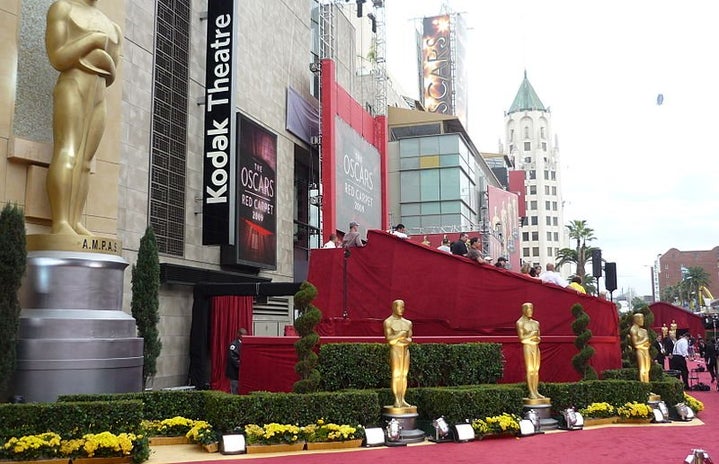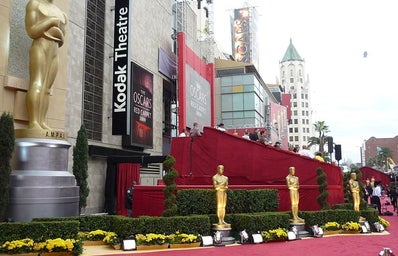Lily Gladstone makes history as the first Indigenous woman to be nominated for best actress for her work in the Indigenous-centered film, Killers of the Flower Moon. Due to the lack of Indigenous representation in the film industry–especially of this mainstream and critical caliber, costume designer Jacqueline West recruited wardrobe consultant Julie O’Keefe to ensure authenticity for the project. The stated goal for the costuming was to blend traditional Osage dress with the respective fashion of the movie’s setting–the 1920s. This was done deliberately as Mollie (played by Gladstone) and her sisters forcibly underwent cultural integration from the government mandated Catholic school as part of the Indigenous assimilation initiatives of the time.
Mollie’s sister Anna conforms the most to American trends by dressing completely in Parisian wear whilst the other two sisters, Rita and Minnie, dress in more contemporary outfits, whilst concealing them under cultural pieces, such as blankets. Mollie, however, demonstrates her heritage through clothing more so than her sisters since she is seen as the moral compass of the Osage at this time. Mollie is often seen wrapped in a blanket , although she changes the folding of the blanket for certain occasions.In the film, Mollie goes to see the guardian, Pitts Beatty; she wears the fringes on the outside in a traditional manner to indicate that she’s there for business. When she needs to use her arms and hands more, the blanket is folded under one arm with the fringes flipped back. While Osage men didn’t wish to dress like the white men exactly, they chose to reinterpret the Western look in an Osage manner through Spanish heeled boots, black moleskin pants, and blankets to inform others of their education status.
Mollie demonstrates her willingness for intercultural communication through the action of marrying Ernest Burkhart. Mollie’s wedding dress is centered around an American military jacket, a choice popularized by a peace offering made by President Thomas Jefferson to an Osage delegation who subsequently gifted the jacket to his daughter for his wedding. The jacket is adapted to convey Mollie’s heritage with the adoration of finger woven belts, gold ribbons, a black choker bead necklace. In addition to Osage motifs such as handprints, representing friends and family across her skirt along with a feather hat. Consequently, Mollie begins bearing two Wabonka pins to notify others of her marital status.
For the white cast, the costumingpredominately referenced classic Western stars such as John Wayne. Tom White, a law officer, wears broad and boxy suits to communicate that he comes with the power of the FBI. Ernest Burkhart starts off in working class level business attire, but gradually transitions to linen suits after his marriage into the mineral-wealthy Osage tribe. King Hale, the manipulator of the plan, is kept in timeless and elegant outfits throughout the movie to convey his tendency to cling to the belief of his rightful wealth and his inability to change.
Overall, does Killers of the Flower Moon deserve to walk away with the golden trophy?


